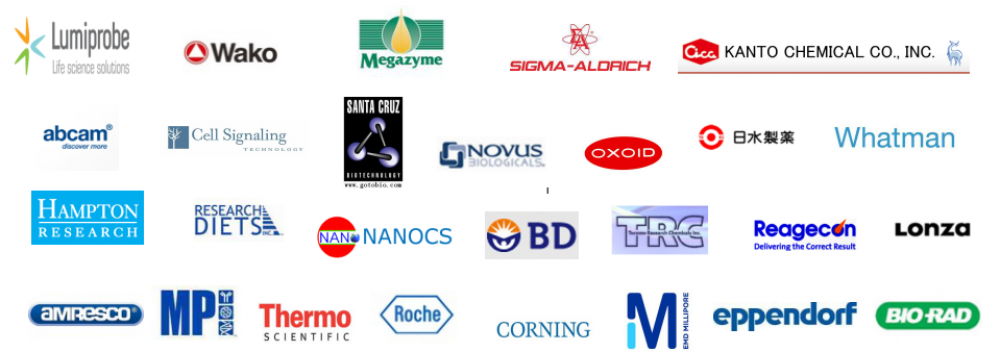属性
质量水平
200
测定
≥98% (HPLC)
形式
powder
reaction suitability
reaction type: Biotinylations
颜色
white to off-white
mp
212°C
溶解性
DMF: ≤50mg/mL (Stable for at least one month in dry DMF)
DMSO: soluble
储存温度
20°C
SMILES string
[H][C@]12CS[C@@H](CCCCC(=O)ON3C(=O)CCC3=O)[C@@]1([H])NC(=O)N2
InChI
1S/C14H19N3O5S/c18-10-5-6-11(19)17(10)22-12(20)4-2-1-3-9-13-8(7-23-9)15-14(21)16-13/h8-9,13H,1-7H2,(H2,15,16,21)/t8-,9-,13-/m0/s1
InChI key
YMXHPSHLTSZXKH-RVBZMBCESA-N
说明
应用
(+)-Biotin N-hydroxysuccinimide ester has been used:
to biotinylate Hyb 246-4for surfactant protein D enzyme-linked immunosorbent assay (SP-D ELISA)[1]
to biotinylate proteins to form preformed complexes[2]
to label and modify monoclonal anti-microfibrillar-associated protein 4 (MFAP4)(HG-HYB 7-18)to bind to alphaLISA streptavidin-coated donor beads[3]
生化/生理作用
The N-hydroxysuccinimide ester (NHS)-biotin modification helps in the biotinylation of the target lysine residue at its ε-amino group and identifies the surface lysine residues. It is used as a tool to identify the interaction of proteins with several biological molecules, like protein-polysaccharide interactions,protein-protein interactions, protein-nucleic acid interactions, andprotein-ligand interactions.[4] NHS-biotin may be used in the biotinylation of proteins and peptides. It is typically coupled to primary amine in the pH range of 6.5-8.5.
免责声明
除非在我们的产品目录或产品随附的其他公司文档中另有说明,我们的产品仅供研究使用并不得用于任何其他目的,包括但不限于未经授权的商业用途、体外诊断用途、离体或体内治疗用途、任何类型的食用或应用于人或动物。
